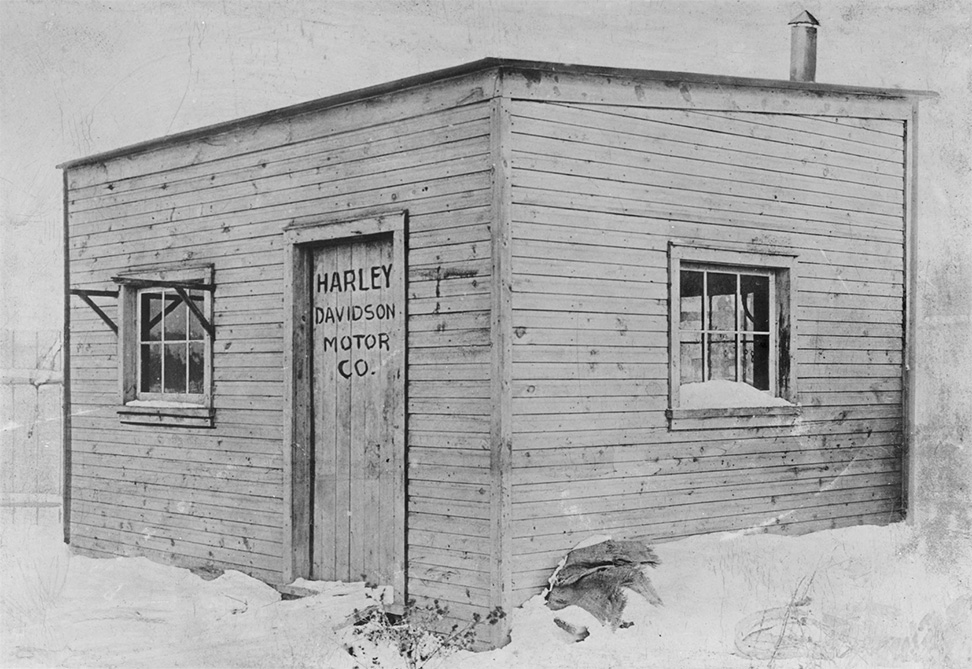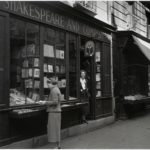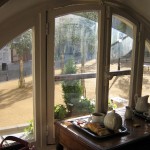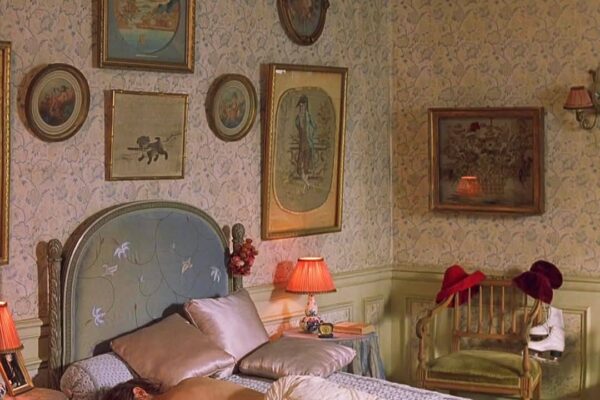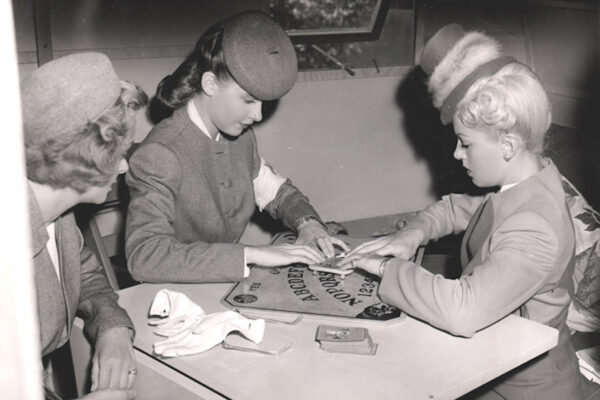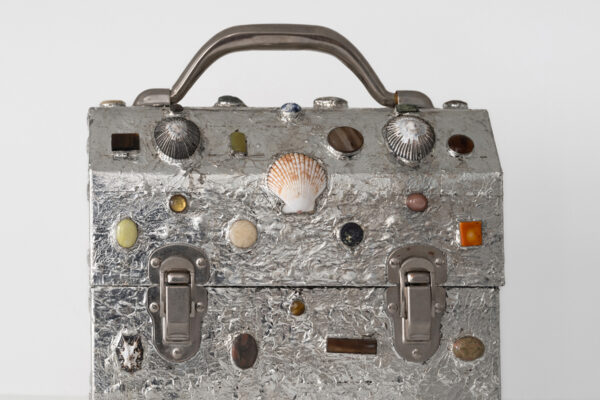1. The first Harley Davidson Factory
In 1903, William S. Harley and Arthur Davidson made available to the public the first production Harley-Davidson motorcycle. The bike was built to be a racer, with a 3-1/8 inch bore and 3-1/2 inch stroke. The factory in which they worked was a 10 x 15-foot wooden shed with the words “Harley-Davidson Motor Company” crudely scrawled on the door.
Found via Neatorama on the Harley Davidson Timeline
2. A Hidden Tumbleweed Hotel inside the Shakespeare & Co Bookshop, Paris
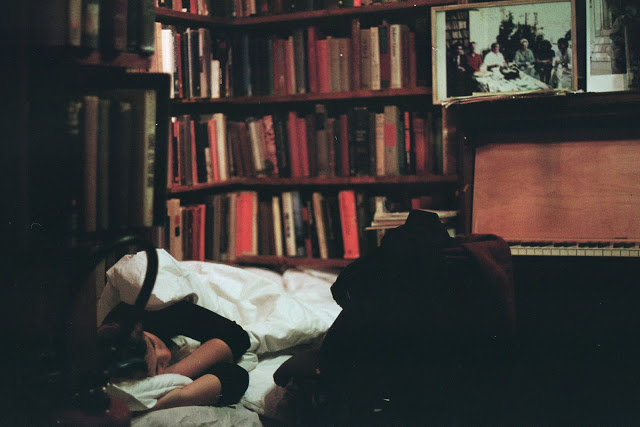
I’ve been living in Paris for more than four years and I’ve got to say, I never knew the historical Shakespeare & Co bookshop was also moonlighting as a tumbleweed hotel, with 13 beds hidden away in the books. Molly Dektar, a 23 year old Brooklyn College student recently wrote about her experience staying at the bookshop on her blog…
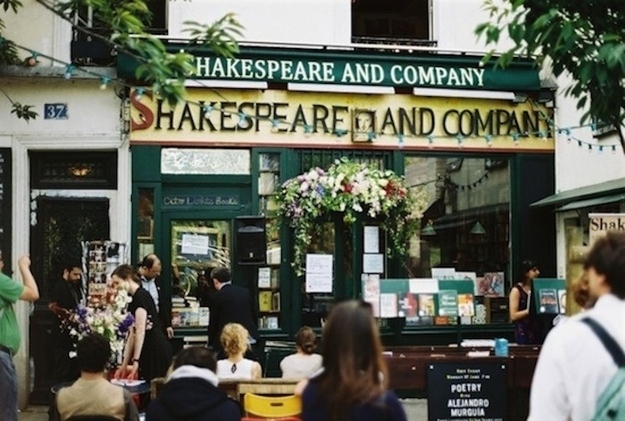
Just as Sylvia Beach helped a struggling young Ernest Hemingway in the 1920s when she first opened Shakespeare & Co, nearly 100 years later, the bookshop is still extending a helping hand to young writers in Paris by inviting them to stay at the bookshop. The only things they ask in return from the tumbleweeds is that they work in the bookstore 2 hours a day, commit to reading a book a day and write a one page biography.
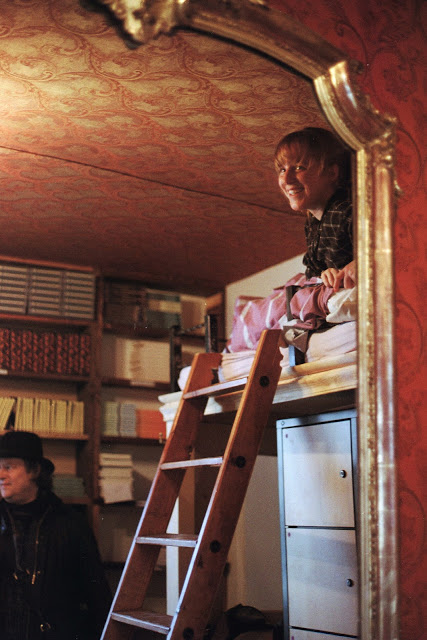
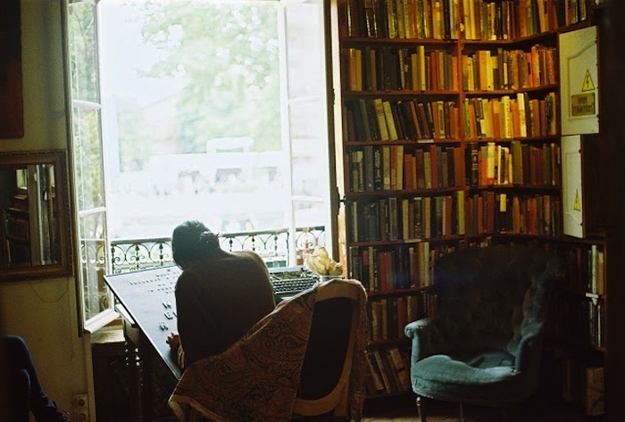
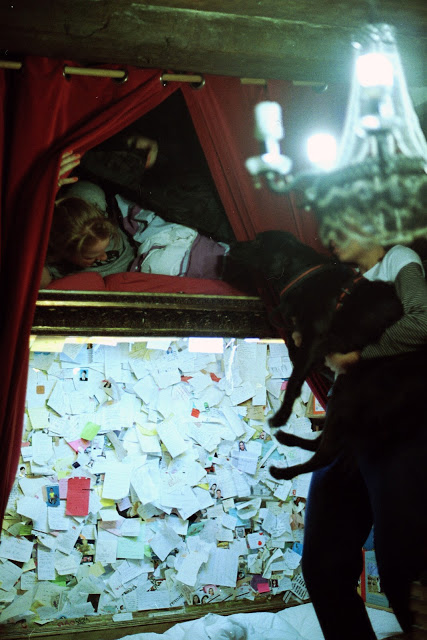
Upstairs are thousands and thousands of the tumbleweeds’ one-page biographies, going back five decades.
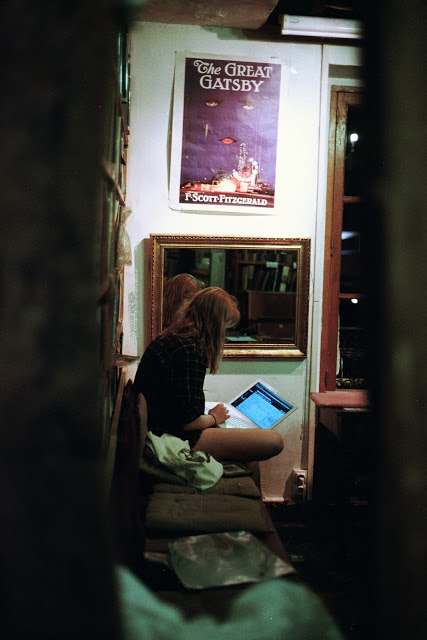
Read more about Molly’s experience as a Shakespeare & Co Tumbleweed on her blog.
Also, there was a marriage proposal in front of the bookshop this weekend.
3. A Romance Novel, written by Saddam Hussein
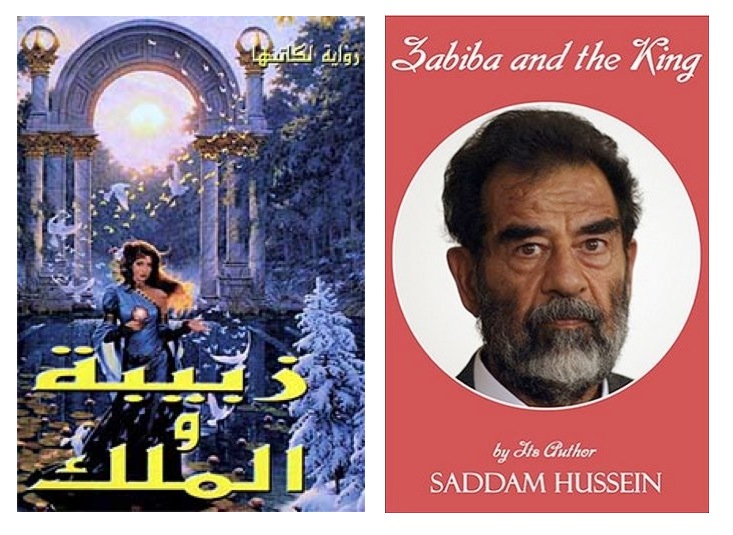
Zabibah and the King is an arabic romance novel, originally published anonymously in Iraq in 2000, that was written bySaddam Hussein (English edition of the novel, right).
The plot is a love story about a powerful ruler of medieval Iraq and a beautiful commoner girl named Zabibah. Zabibah’s husband is a cruel and unloving man who rapes her. The book is set in 7th or 8th century Tikrit, Hussein’s home town. Although the book is on the surface a romance novel, it is (and was intended to be read as) an allegory. The hero is Hussein and Zabibah represents the Iraqi people. The vicious husband is the United States and his rape of Zabibah represents the U.S. invasion of Iraq at the end of the Gulf War. The book was a best-seller in Iraq when it was originally published. It’s estimated that over one million copies were sold. Royalties, according to the back cover, were to go to “the poor, the orphans, the miserable, the needy, and [other] charities”. The Iraqi publishers appropriated four paintings of Canadian artist Jonathon Earl Bowser, to illustrate the novel, putting his “The Awakening” on the cover. Bowser did not authorize their use of his work and has attempted with no success to obtain compensation for copyright infringement.
Found on Wikipedia
4. Behind the Props of The Grand Budapest Hotel
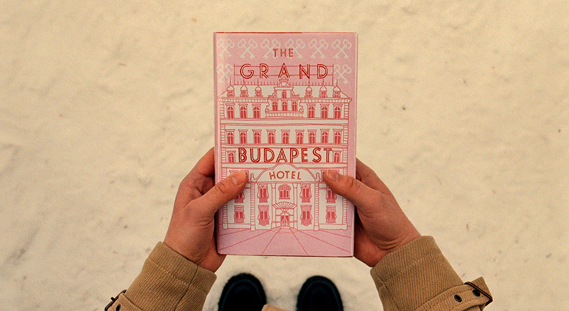
Graphic designer Annie Atkins spent a very snowy winter on the German-Polish border, as the lead graphic designer on Wes Anderson’s Grand Budapest Hotel. Working with Wes and his production designer Adam Stockhausen, they created all the graphic props and set-pieces for the State of Zubrowka – a fictitious European country set between the Wars.
Above, the modern pink hardback book that opens the story. Only three were produced, just for the shoot, in case one got dropped in the snow.
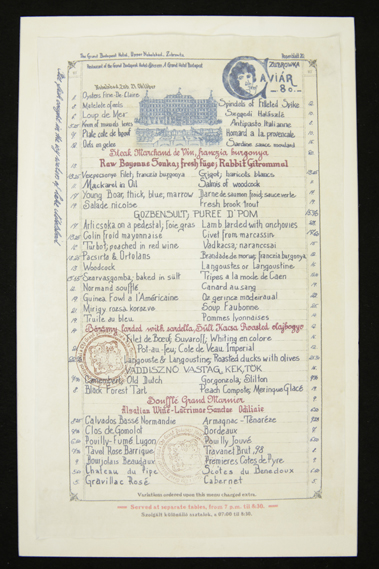
Grand Hotel dinner menu
“Creating this entirely fictional country that Wes had written – the State of Zubrowka […] it meant that every little detail had to be made from scratch – flags, banknotes, postage stamps, everything. I use traditional methods in graphic prop-making wherever possible: a real 1930s typewriter for typewritten documents; a dipping pen and ink and for any handwriting […] pieces have to be aged […] I have some tricks of the trade that I’ve learnt over the years… mostly involving a big vat of tea and a hair dryer”.
Read the full interview with Annie Atkins, found on the Creative Review
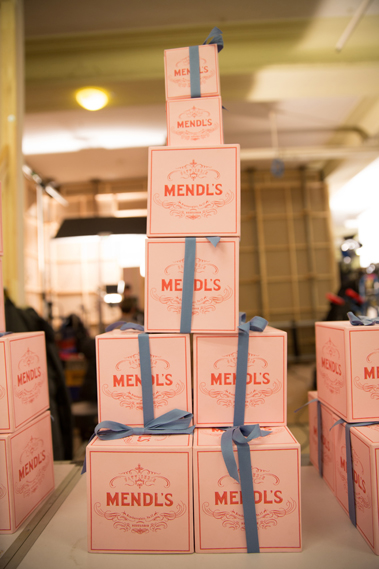
Packaging from Mendl’s the patisserie which features heavily in the film
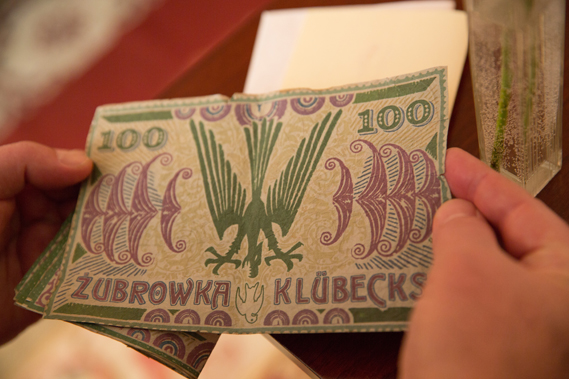
Zubrowkan banknotes from the film
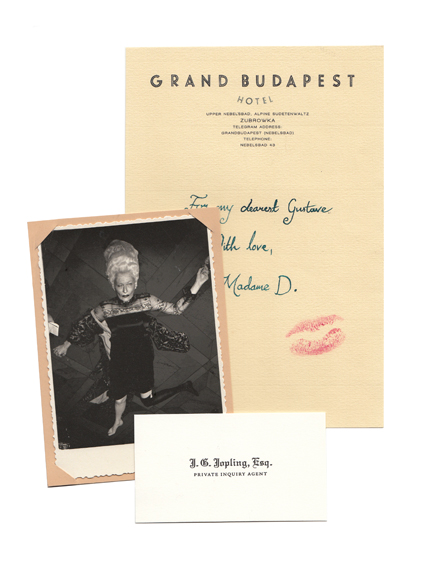
The Tilda Swinton character, Madame D’s last note to her beloved Gustave (Ralph Fiennes) written on hotel newspaper and a photograph of her body alongside the card of the dastardly Jopling (Willem Defoe)
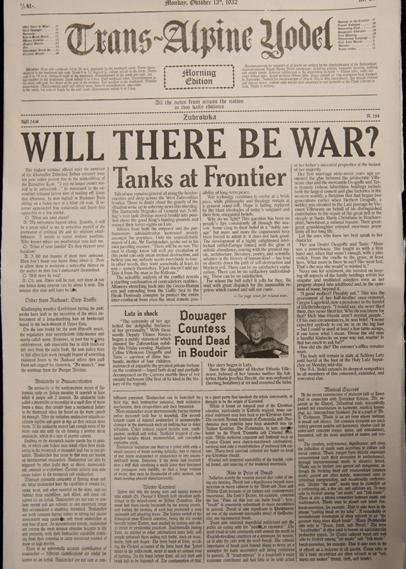
And of course, let’s not forget the biggest prop of all, the town of Gorlitz, where most of the film was shot…
5. What to do with a “broken” Pot
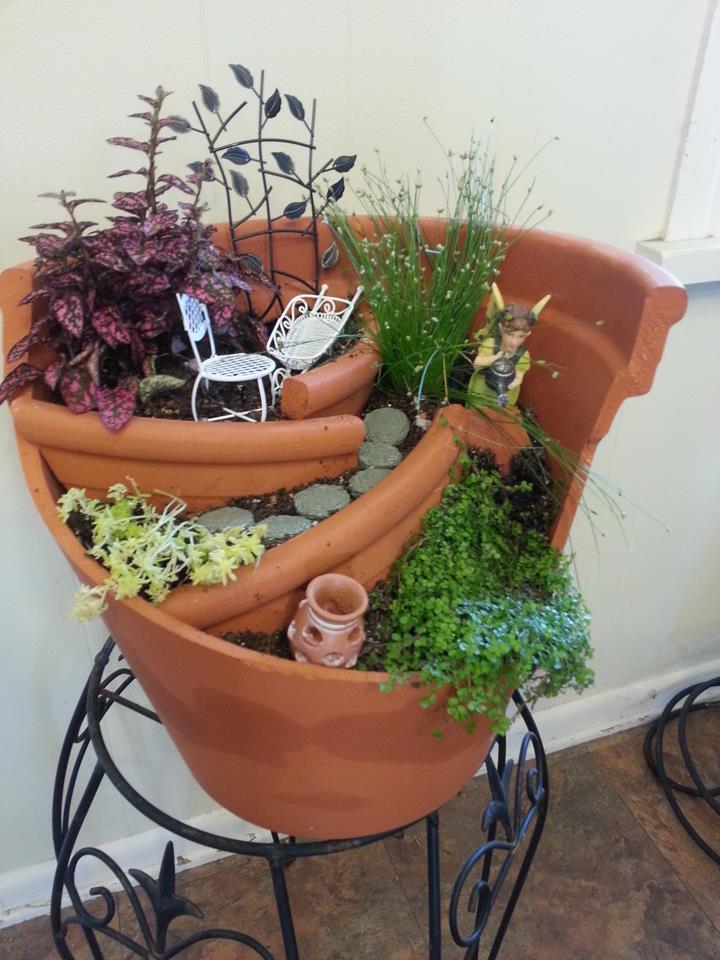
Found on Reddit
6. Beautiful Word(s) of the Day

According to Dr. Robert Beard, found on Imgur
7. That time North Korea used to buy full-page ads in The New York Times
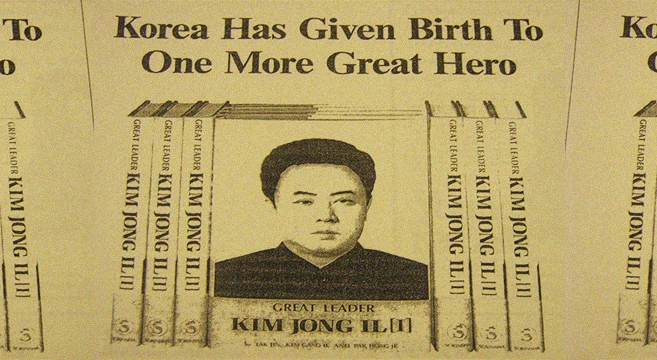
Strange as it may sound today, North Korean ads such as this were relatively common in major Western newspapers from 1969 to as late as 1997. In an attempt to impress the West during the Cold War (and beyond), the North Korean government placed full-page ads in The New York Times, The Guardian, The Irish Times, The London Times, The London Evening Standard, The Sun, The Boston Globe and The Washington Post touting the exploits of Kim Il Sung, Kim Jong Il, the Juche ideology and the reunification of Korea. An exact number of how many North Korean ads appeared in these newspapers is unknown but at least 100 were published from 1969-1997. However, the placement of ads in major Western newspapers harmed North Korea’s already unfavorable reputation abroad and proved that North Korean officials were truly out of touch with reality.
Read the full article found on NK News
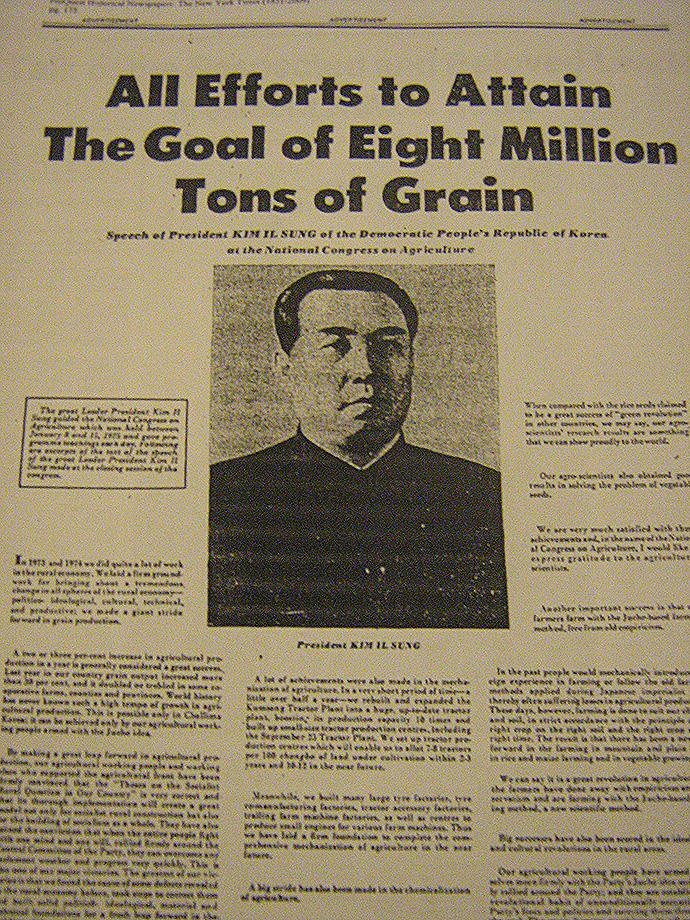
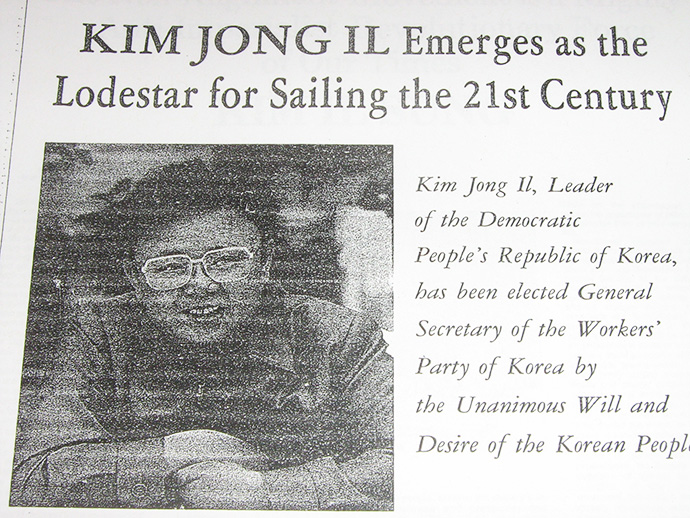
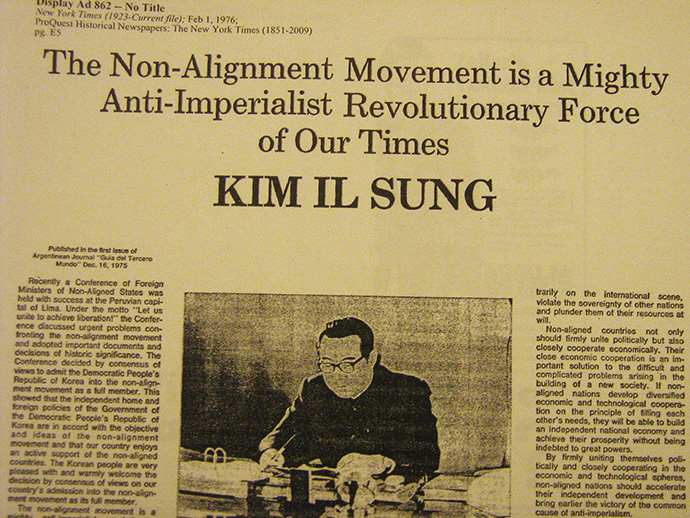
8. This wallpaper
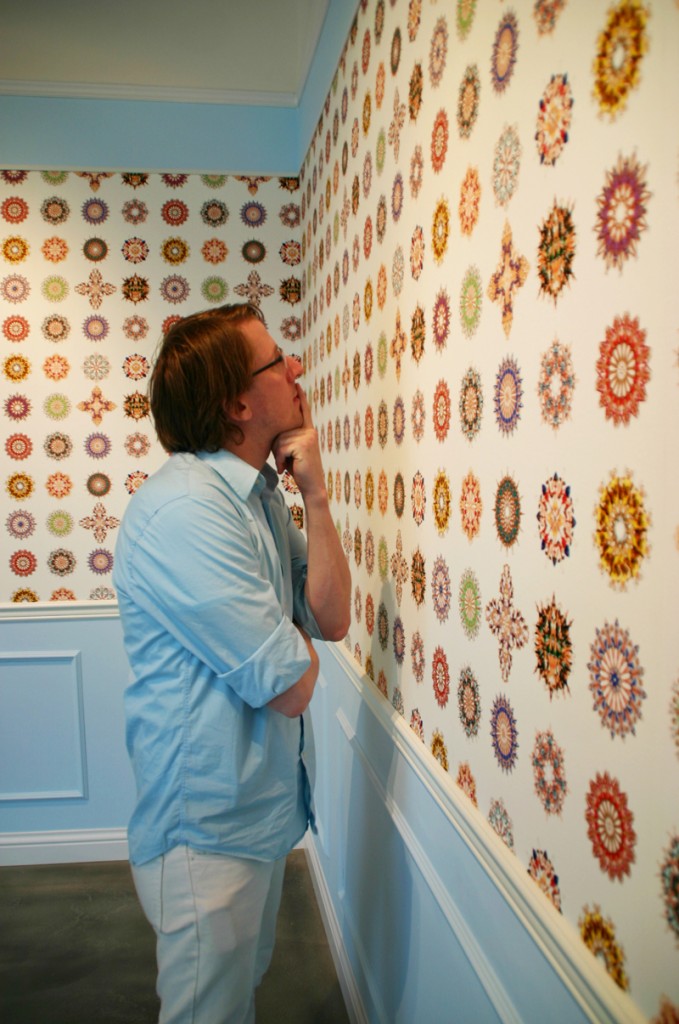
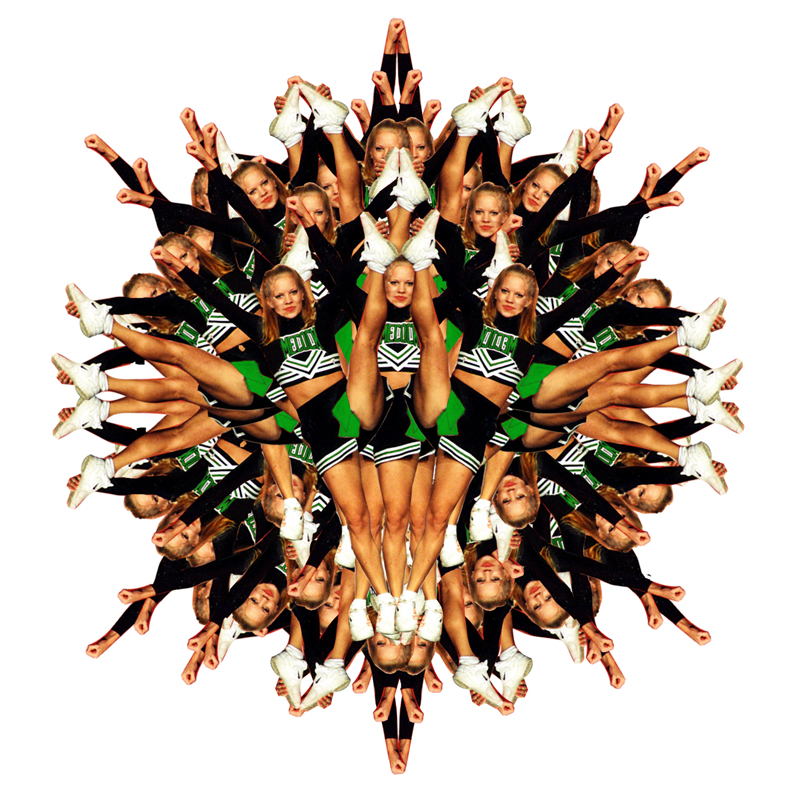
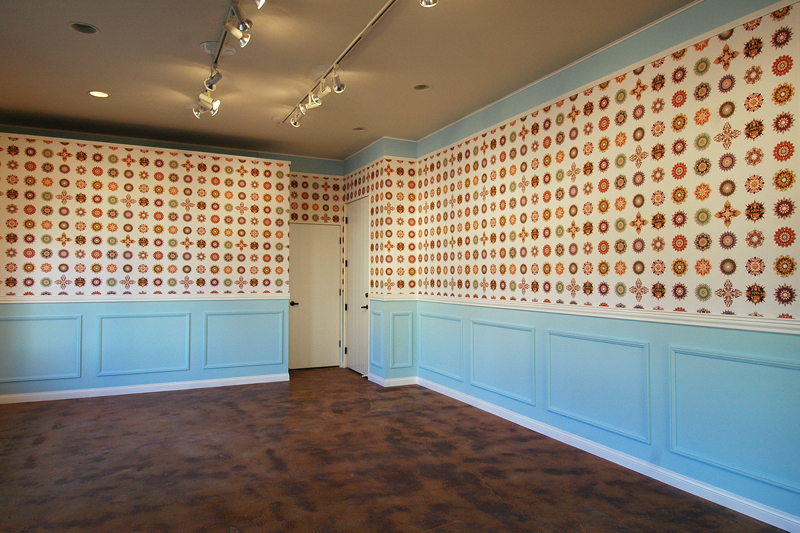
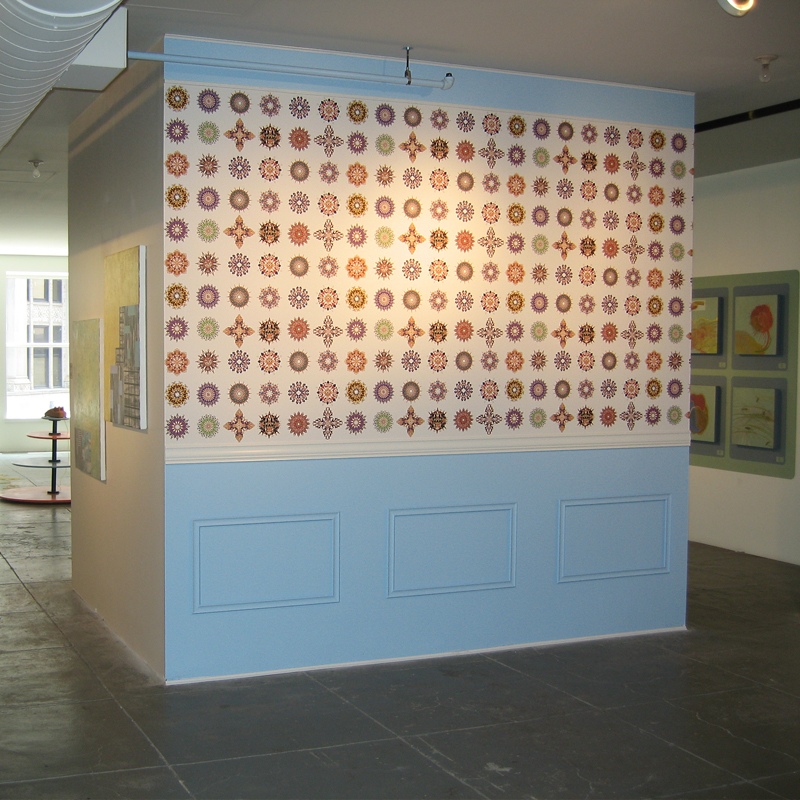
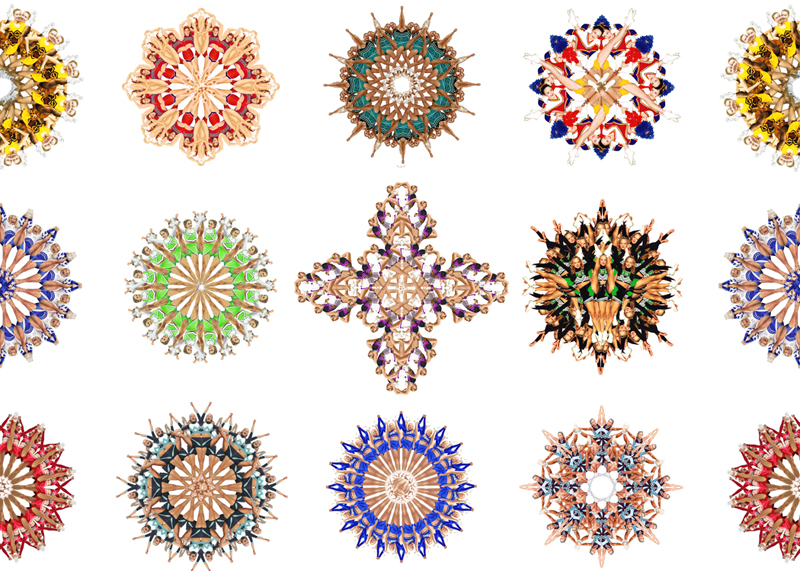
The cheery wallpaper of mixed media artist Cassandra Jones found on Design Faves
9. The inhabited Stepwells of India
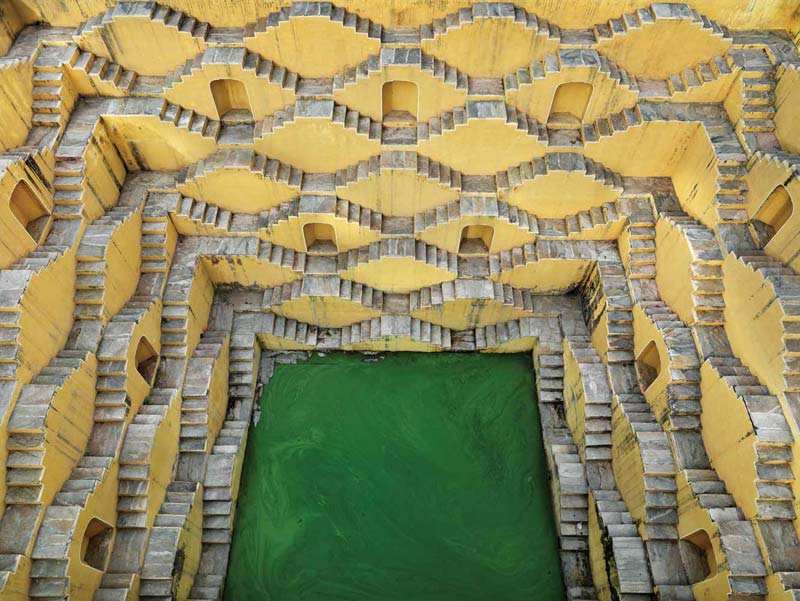

The stepwells are generally storage and irrigation tanks in which sets of steps must be descended in order to reach for water and mantain the well itself, in some cases the stepwells host galleries and chambers around the well. With their ability to allow the population to survive during arid months, the wells slowly turned into temples dedicated to water or even metaphores for the Divine River, the Gange. An inhabited infrastructure, the stepwells became leisure and ritualistic spaces: providing a comfortable microclimate they also turned out to be a favourable space for the community to gather– Read the full article on Socks Studio
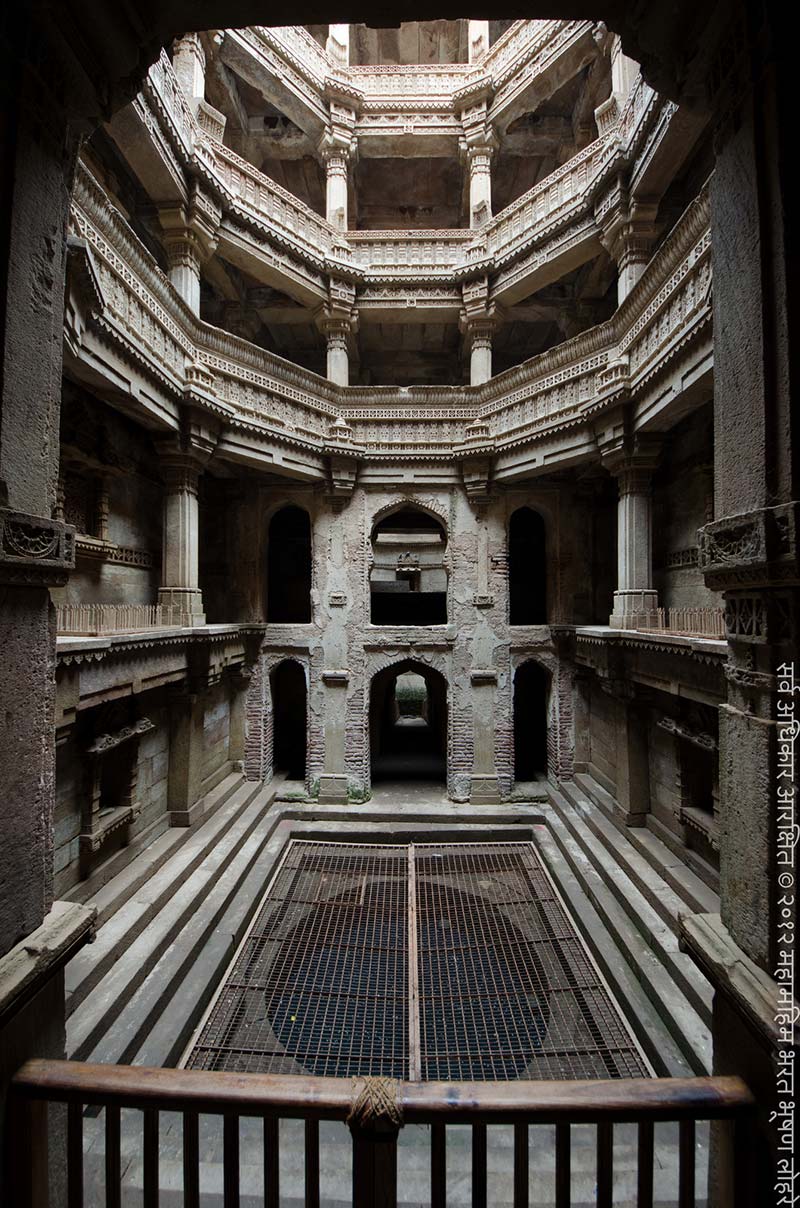

Found via Socks Studio; photos in order of appearance: Panna Meena, Amber, Rajasthan, India
photographed by Edward Burtynsky; Chand Baori Stepwell in Rajasthan, India photographer unknown; Adalaj Stepwell, Gujarat, India
photographed by Lord; Chand Baori Stepwell in Rajasthan, India photographed by Saumil Shah.
10. Kilim Pillows by Leif Shop
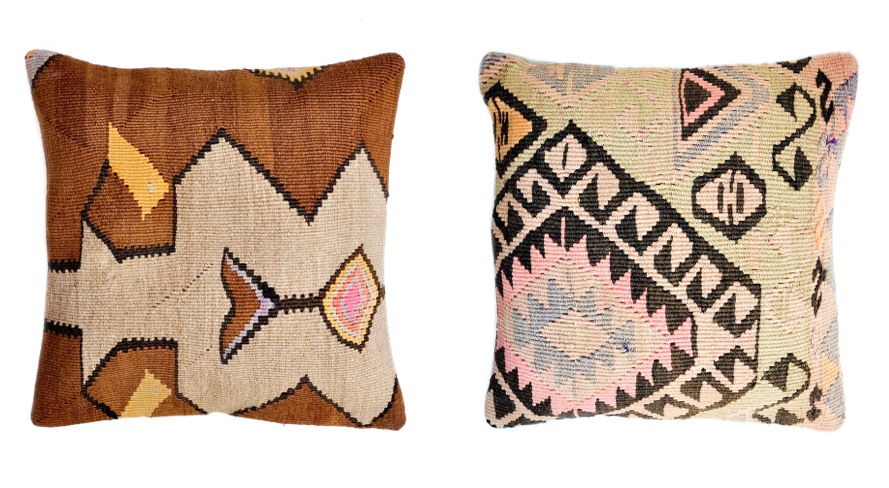
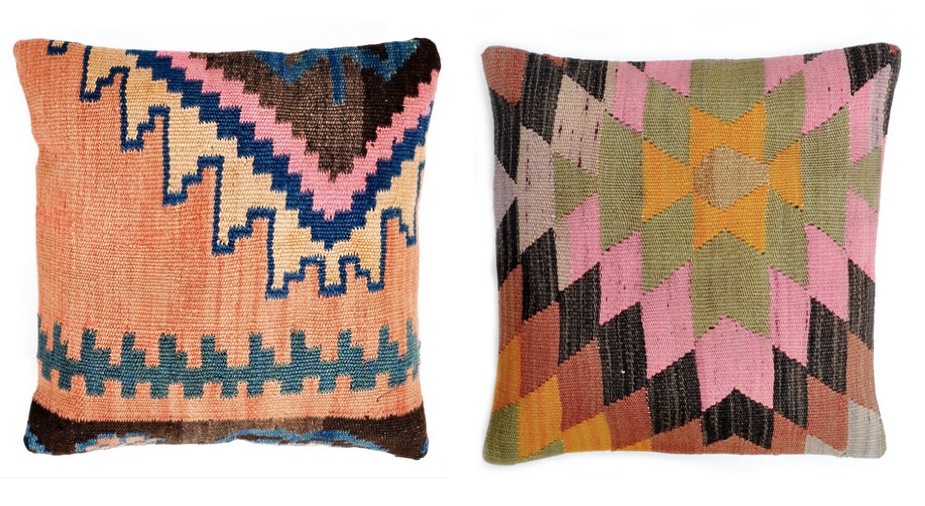
I grew up with these pillows on the kilim family sofa so this vast collection by Leif Shop made me swoon. Crafted from vibrant, vintage kilim rugs, reinvented by Brooklyn-based Christian Rathbone, see all their styles here. Most of them are annoyingly out of stock at the moment but you can you let them know you’re interested in a particular style and they might just get back in touch with some good news. Otherwise this is their current pillow collection.
11. A Tumblr of Fashion Pairings: “Where I see Fashion”
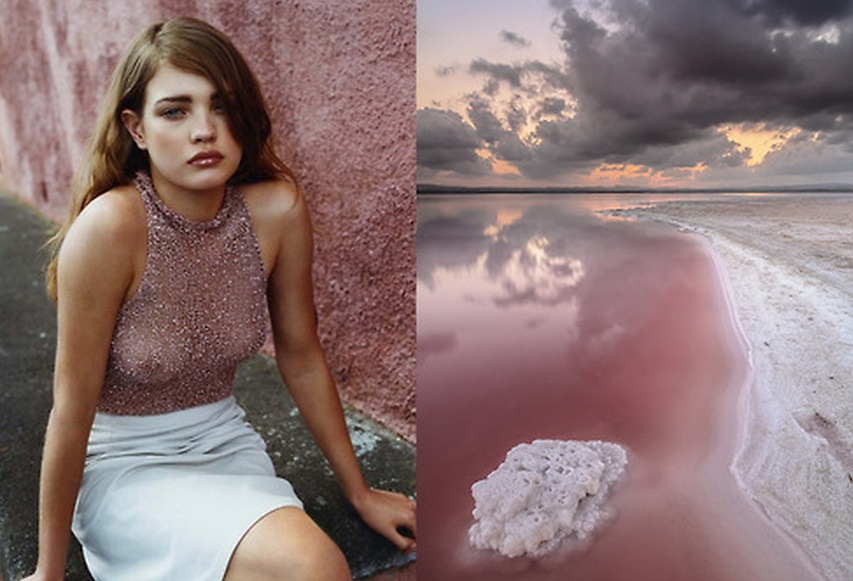
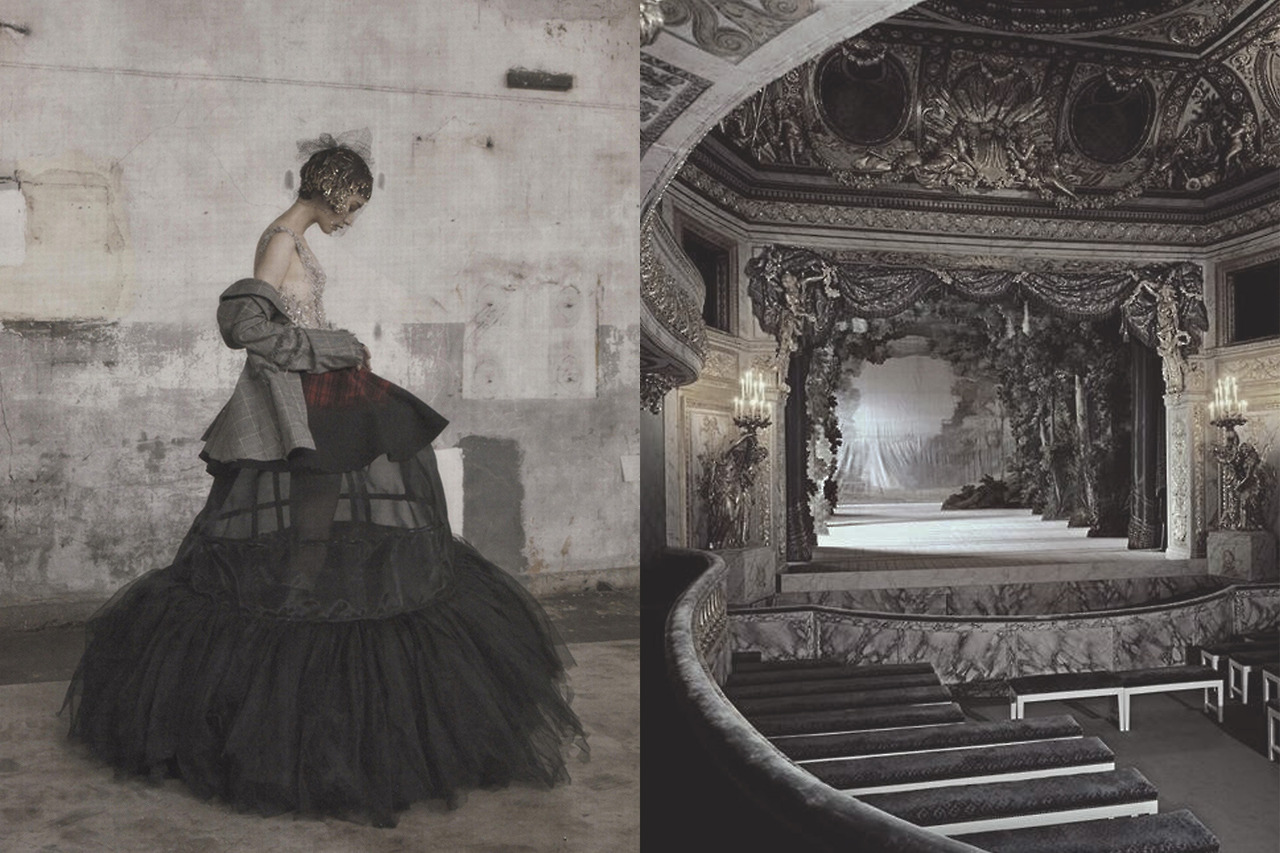
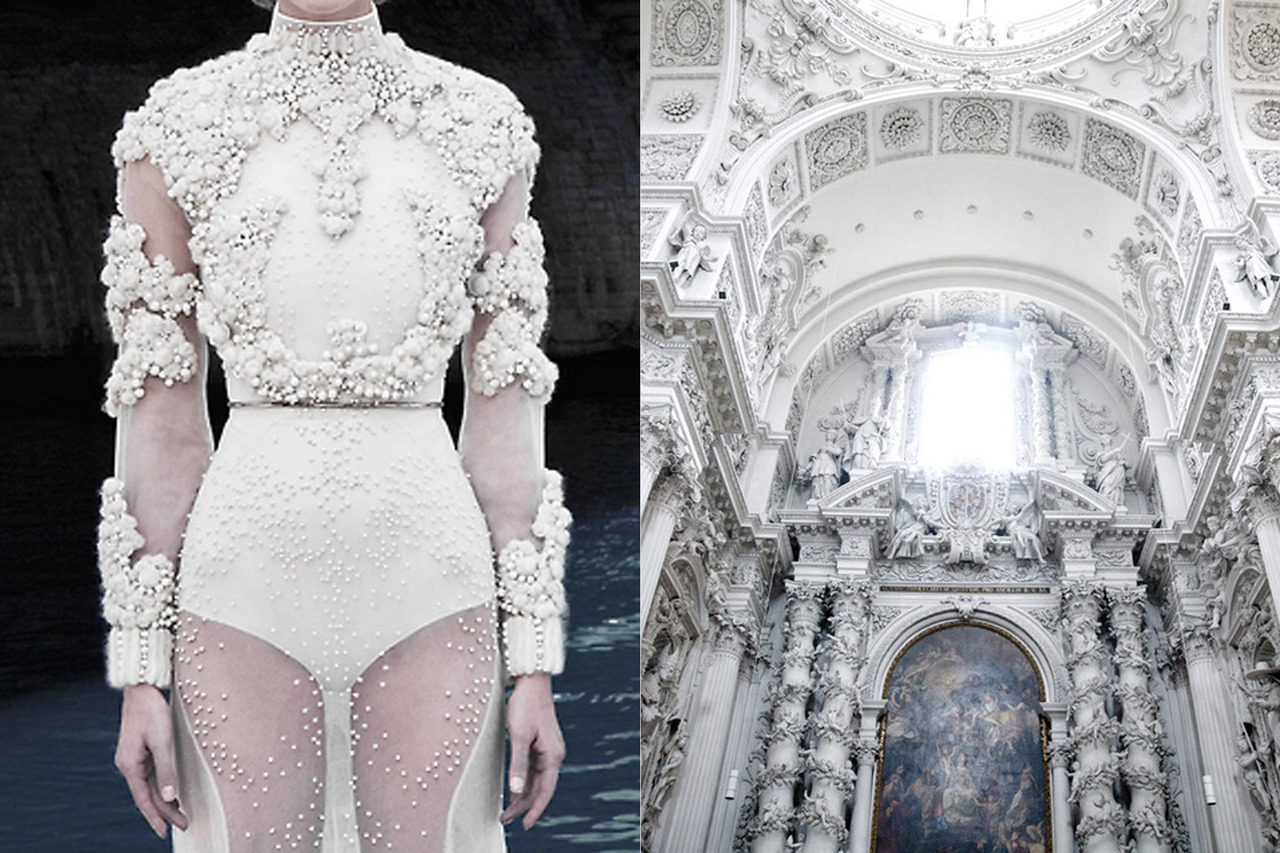
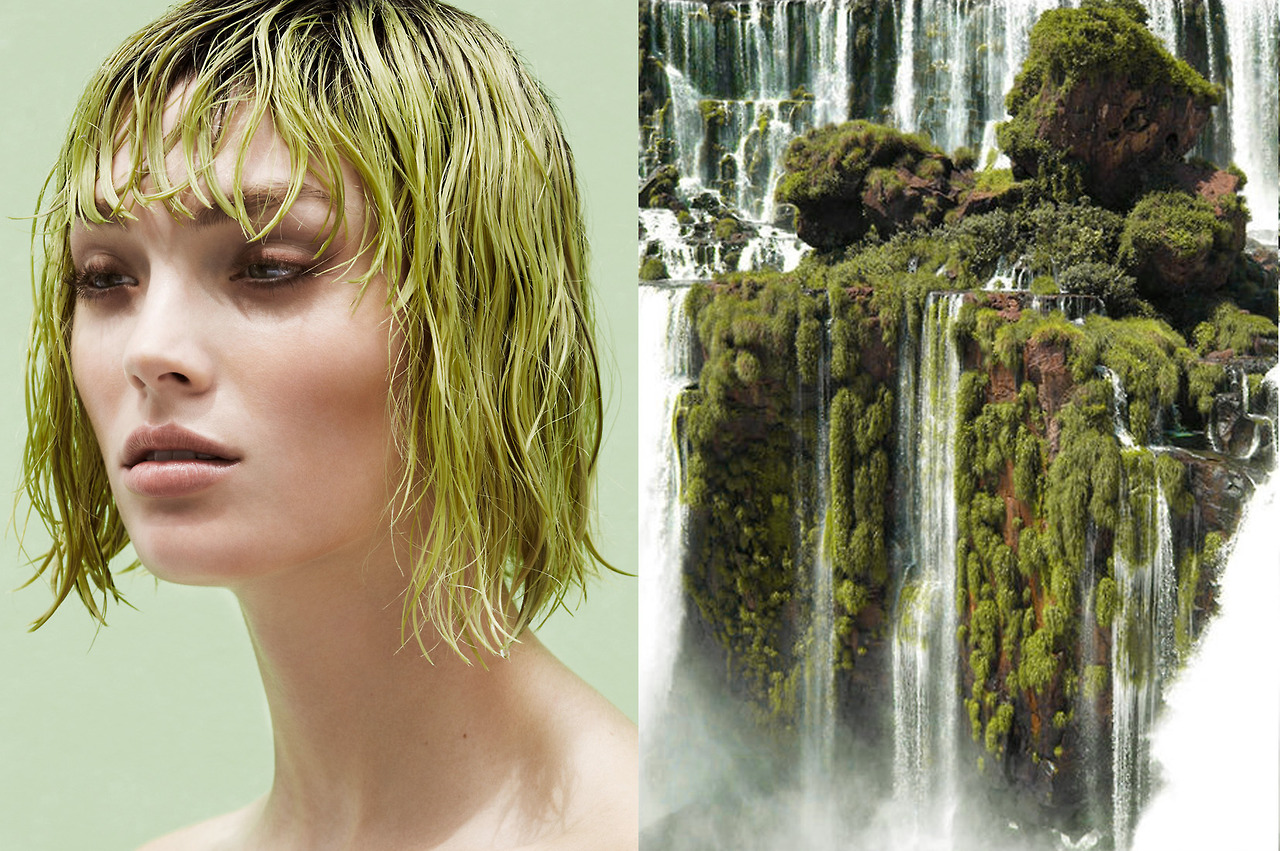
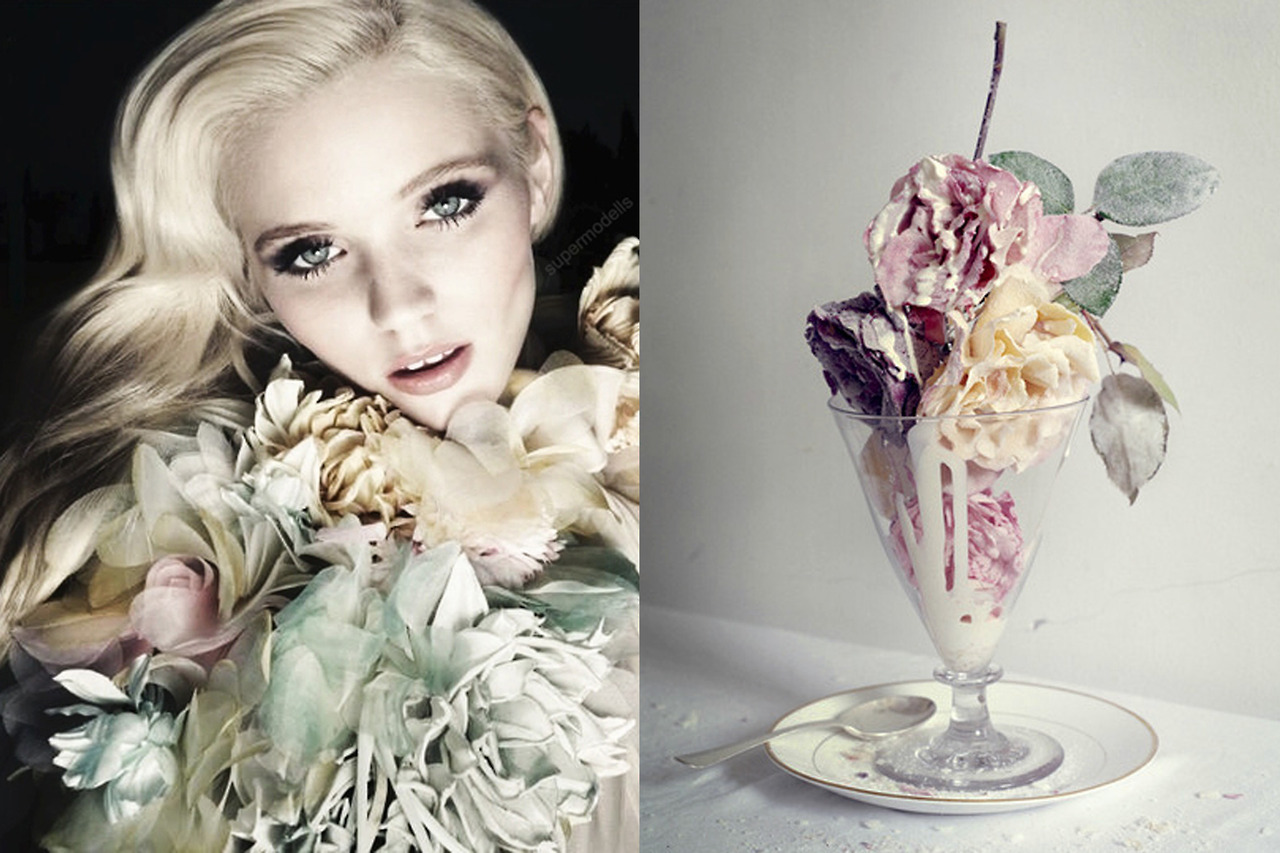
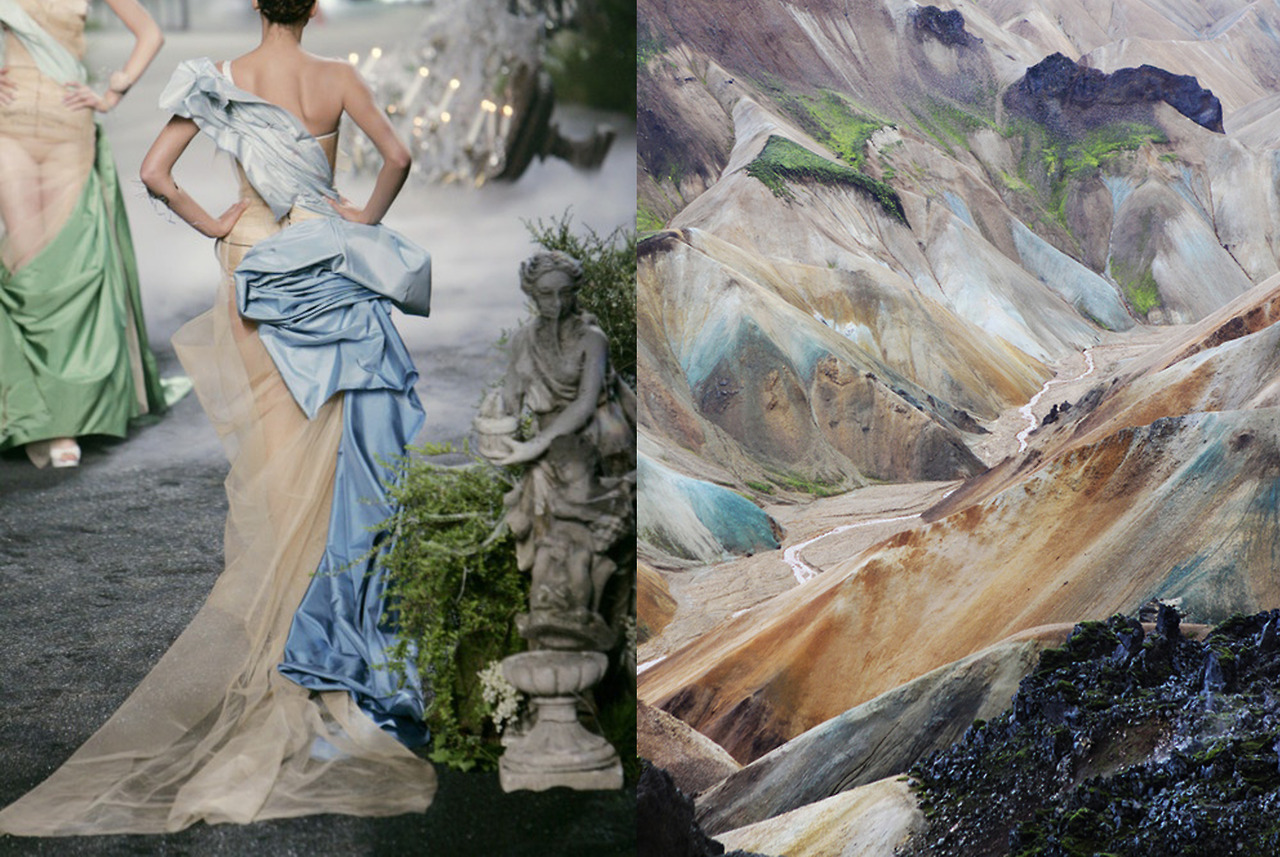
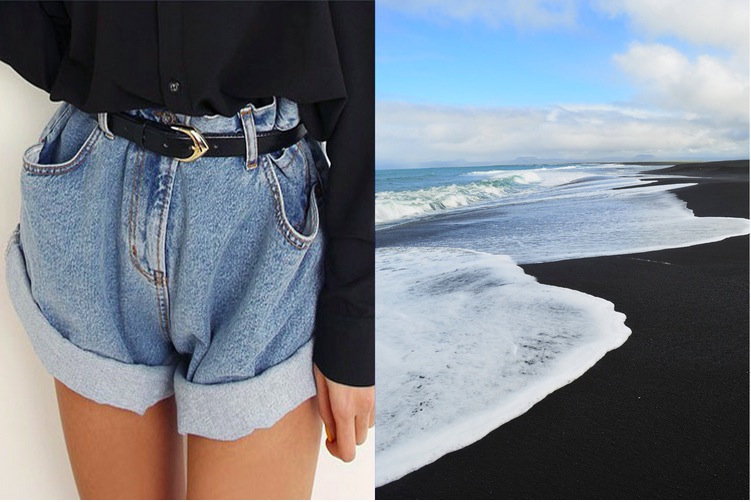
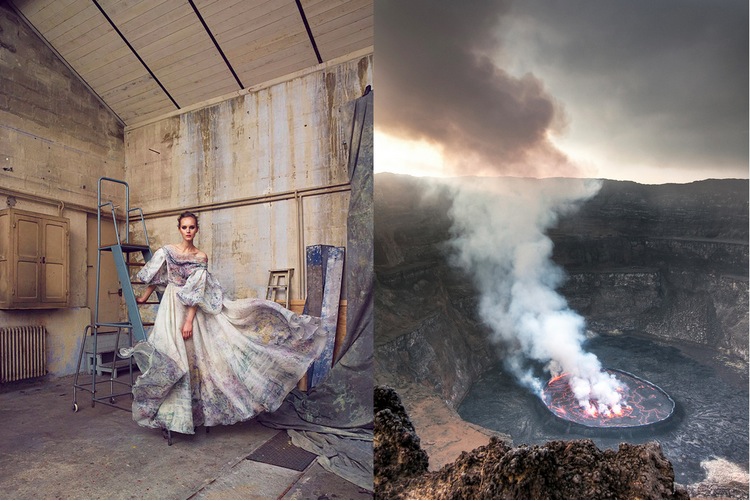
Just a bit of visual fun over at Where I see Fashion, found via Booooooom
12. Downton Abbey has its own brand of wine
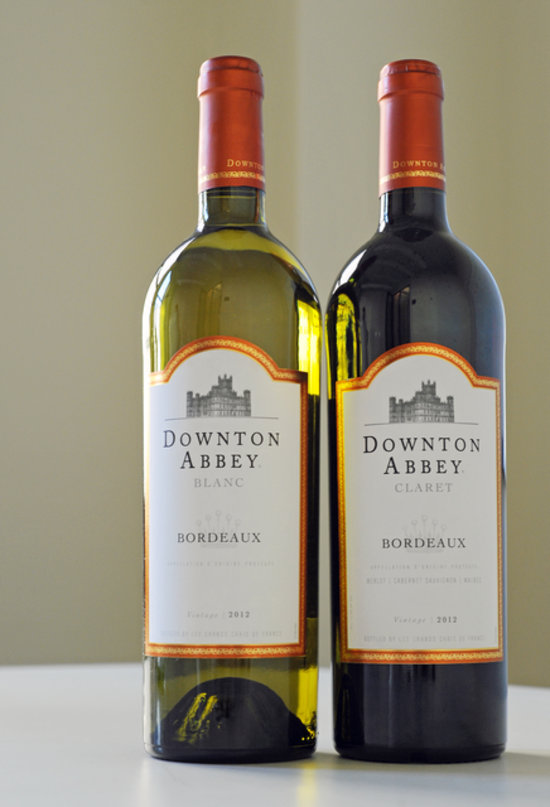
Yup, this is real, the British television series has its own wine that viewers can enjoy while watching the drama go down. Find it here.
13. Bruce Lee, looking dashing and dapper in an interview circa 1964
https://www.youtube.com/watch?v=4SBnpah1Ydg#t=22


